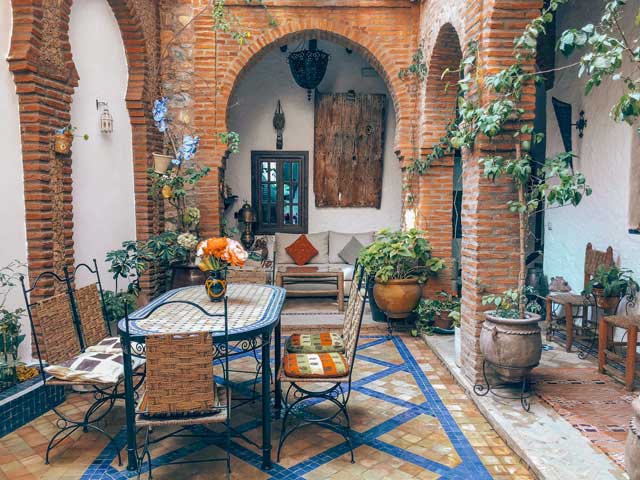9 Not So Spooky Halloween Facts
Blog
10 October 2023
By Sarah Angela Almaden

Unsplash: Robert Linder
In some places, the month of October is bookended with anything related to Halloween. Halloween candies. Halloween costumes. Halloween thoughts. Halloween movies. Halloween dreams. Just Halloween all over. Well, you cannot blame this undeclared holiday because Halloween is surely fun for many. Just think about the candies and the costumes and the more that Halloween has to offer! And if you care to do something impressive for Halloween’s sake, you can learn these maybe-not-so-spooky facts for good measure.

- Halloween originated in Ireland.
The first Halloween celebration was known as Samhain (which means summer’s end), an ancient pre-Christian Celtic festival. This was celebrated more than 2,000 years ago in a place called Meath. The Celts held Samhain at the start of November to commemorate the end of the fall harvest and the crossing over of the spirits because they believed this was the time when the distance between this world and the afterlife was the smallest. - Irish immigrants brought Halloween to the US.
Sometime in the 1800s when Irish immigrants left Ireland (because of the potato famine) for the US, they brought along with them their festivities and traditions, which includes the popular Halloween. - Fear of Halloween is known as Samhainophobia.
Samhainophobia is the fear of anything that is related to Halloween. - The world’s longest walk-through haunted house is 3564 feet long.
You can find the world’s longest walk-through haunted house in Lewisburg, Ohio. The walk-through happens 80 feet underground in a real limestone cave which is also home to roughly 30,000 living bats. - Halloween falls on a full moon every 19 years.
Unfortunately, Halloween doesn't always fall on a big, bright full moon night sky. This only happens every 19 years or so. But, not to worry, because whether it is a full moon or not, Halloween is still going to be spooky and under any type of moonlight. - There are Halloween rituals that are all about finding true love.
In some cultures, Halloween is also a great time for women to learn more about their romantic love interests.
On Halloween night in the 18th century, a matchmaking cook in Ireland may hide a ring in her mashed potatoes in the hopes of bringing true love to the person who finds the hidden ring.
Women also tossed apple peels over their shoulders as a way of finding out the initials of their future husbands.
In Scotland, young women were advised to name hazelnuts after each of their suitors and then for them to throw these named nuts into the fire. The named hazelnuts that burned into ashes represented the young women’s future husbands. Those named nuts that popped and exploded were not their future husbands.
Others believed that eating something sugary with walnuts and nutmeg and hazelnuts just right before bed would help them dream of their true love. - People carved other fruits and vegetables to make jack-o’-lanterns.
Turnips, potatoes, and beets were some of the carved and decorated jack-o’-lanterns back before pumpkins became a major part of Halloween. - Witch comes from the Old English word “wicce” which means wise woman.
The feminine form “wicce” (masculine form is wicca) is a term that comes from European folklore and it is used to describe someone who practices magic, sorcery, or any sort of witchcraft. - The biggest Halloween parade happens in New York City.
Every year on Halloween night, about 2 million people flock to see about 50,000 costumed participants and about 50 marching bands walk the Greenwich Village neighborhood for the Greenwich Village Halloween Parade. This event has its roots in the New York’s queer community and it started on October 31, 1974, by Ralph Lee, a puppeteer and theater artist.


